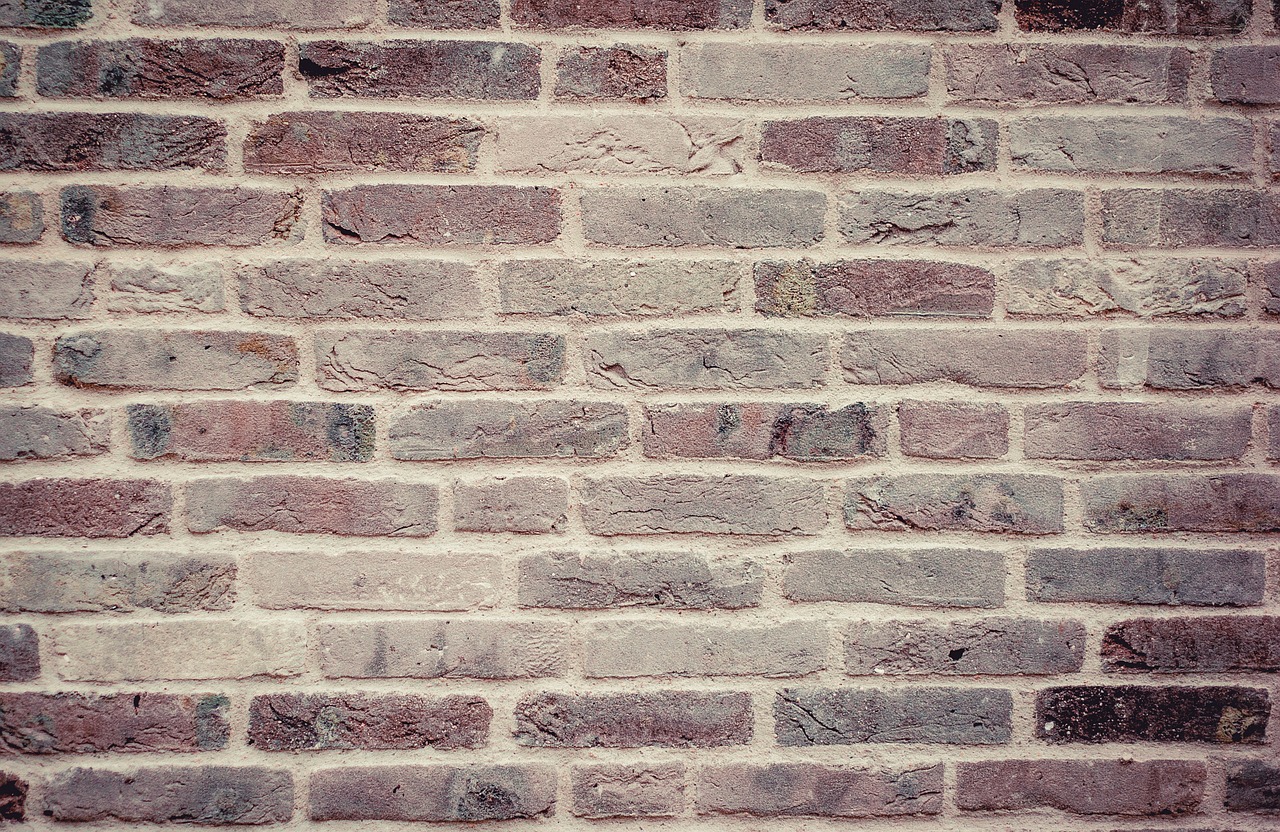We all do a lot to keep our home, company, and office space safe from rains, changing atmosphere and sunlight. Property owners are preferring to install cavity walls in place of the traditional solid walls due to many benefits. A cavity wall is constructed with two separate walls for the single space with some space or cavity between both the wall. Generally, these two separate walls are called leaves of the cavity wall. The inner wall is called an internal leaf while the outer wall is called the external leaf. The cavity wall is also called a hollow wall.
For non-load bearing cavity wall, two leaves of equal thickness are provided and sometimes internal leaf with more thickness is provided. The cavity or hollow space should be between four to ten centimeters. And the external and internal leaves should have ten-millimeter thickness. Both the leaves are connected with metal ties or links.
Construction of Cavity Wall
Cavity wall does not require a special base under it. A strong concrete base that is provided under the cavity wall is enough. Both the leaves are constructed like normal masonry, but a minimum cavity is provided. The hollow space is filled with lean concrete and some slope at top of few centimeters. To prevent the mortar from dropping in the cavity, wooden battens are provided in the cavity with suitable dimensions. These battens join wall ties and when the height of the next wall tie location is reached, then battens are removed using wires.
Advantages of Cavity Wall
- The thermal insulation is provided by cavity walls as compared to solid walls. And if dampness and insulation is not provided, then customers are even entitled to the cavity wall claims.
- The hollow space between both the leaves is full of air and reduces heat transmission into the building from outside.
- Cavity walls are cheaper than solid walls.
- Outside moisture could not penetrate cavity walls due to the hollow space between leaves.
- It prevents dampness.
- Cavity walls act as good insulators.
- They are less thicker than solid walls and reduce the weight on the foundation.

